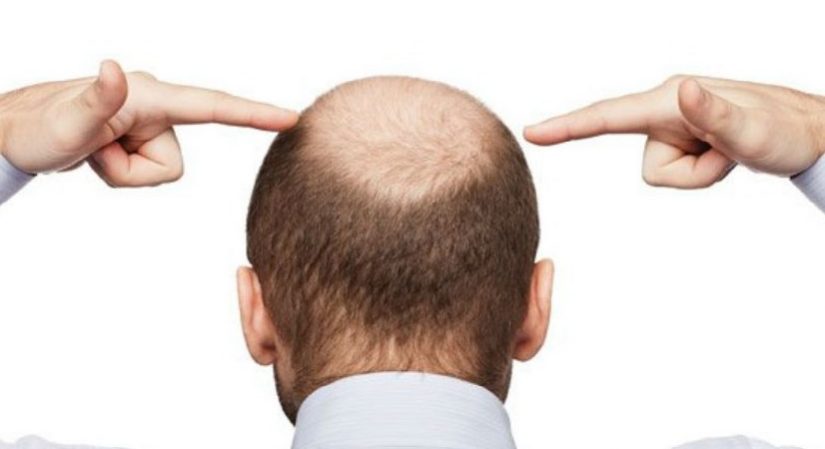

Call for Appointment
+91 89709 34698
+91 97392 08007
+91 88800 41775
![]()
Consultation Timing
11:00 AM to 01:00 PM
04:00 PM to 07:00 PM
SUNDAY HOLIDAY


Call for Appointment
+91 89709 34698
+91 97392 08007
+91 88800 41775
![]()
Consultation Timing
11:00 AM to 01:00 PM
04:00 PM to 07:00 PM
SUNDAY HOLIDAY
English Version |

Can you imagine a situation where your hair falls out because your body thinks your own hair follicles are the enemy? That’s a real condition, and it’s called alopecia, commonly known as baldness. Alopecia is the medical term for hair loss. Hair loss may occur naturally or it may be related to disease or the use of certain medications. Symptoms of alopecia vary depending on the cause of the condition and range from a small bald patch
That’s a real condition, and it’s called alopecia, commonly known as baldness. Alopecia is the medical term for hair loss. Hair loss may occur naturally or it may be related to disease or the use of certain medications. Symptoms of alopecia vary depending on the cause of the condition and range from a small bald patch on the head to a complete loss of all body hair.
Hair follicles are where the hair begins to grow, so if they are attacked, the hair falls out and sometimes ceases to grow back. Basically, there’s a miscommunication among the immune system and the body ends up attacking itself. Anyone can develop alopecia, though it typically develops in individuals under the age of 20.
Mainly there are 3 types of alopecia depending on how the hair falls
Other types of alopecia include:
There are many different potential causes of alopecia
NAVAYAVVANA DISPENSARY
25/8, 1st Cross
Ground Floor
Sampige Apartment
Malleshwaram
Bangalore. 560003
Mob: +91 8880041775
EMAIL : info@roydoctor.com
Send Whatsapp
QUICK LINKS
BRANCH OFFICES
NAVAYAVVANA DISPENSARY
25/8, 1st Cross
Ground Floor
Sampige Apartment
Malleshwaram
Bangalore. 560003
Mob: +91 8880041775
Copyright © Navayavvana Dispensary, All Rights Reserved.